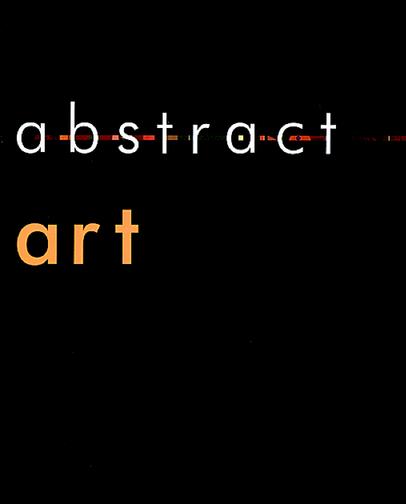In the 19th century, Anglo artists from the East Coast began to arrive in New Mexico in droves, eager to take advantage of our flattering light, unique cultural mix and stark, beautiful landscapes. Forming art colonies in Taos and Santa Fe, these artists quickly absorbed local aesthetics into their radical work.
Georgia O'Keeffe, John Marin, Marsden Hartley and others settled in New Mexico and began dabbling in abstract art. Later painters like Emil Bisttram and Raymond Jonson embraced abstraction completely. Their work became ground zero for the evolution of abstract art in New Mexico.
The newly released New Mexico Artist Series: Abstract Art presents a gorgeous survey of some of the best contemporary abstract art in our state. The variety expressed in the hundreds of full-color plates is eye-popping and astonishingly diverse, touching on the work of almost 40 artists based in New Mexico.
For my tastes, unfortunately, the writing is often too imprecise to be consistently interesting. Writing about abstract art, of course, is immensely challenging, but Suzanne Deats' profiles and descriptions often don't seem adequate. “When one big shape comes up against another big shape, energy is generated,” she writes about the internationally renowned Albuquerque-based painter Frederick Hammersley. This might sound superficially poetic, but it doesn't say much about Hammersley's paintings. Thankfully, Deats often lets the artists speak for themselves.
Of course, it's nice to have a little biographical information about some of the less familiar artists in the book, but it's the reproductions of the work that makes the book so fantastic. From Hammersley's minimalist geometries to Richard Hogan's quantum strings to Alan Paine Radebaugh's organic maps to Nancy Ortenstone's blurred color experiments, this book gives the viewer an inkling of the enormously high quality of abstract art our little state has produced in recent years.
Seeing all this extraordinary work in a single book makes you realize why abstraction was the single greatest artistic force of the 20th century. Examine Larry Bell's grotesque death's heads, inspired by 9-11, then flip to Valdez Abeyta y Valdez' serene black and white constructions, inspired by the natural world, and you'll soon realize that New Mexican artists have created images that reflect the emotional and aesthetic diversity of every imaginable aspect of human experience.
Anyone with the slightest interest in local art will want to scrape some pennies together to buy this book. It's more than just a valuable reference. It's a strange but satisfying journey into unfamiliar imaginary worlds.









